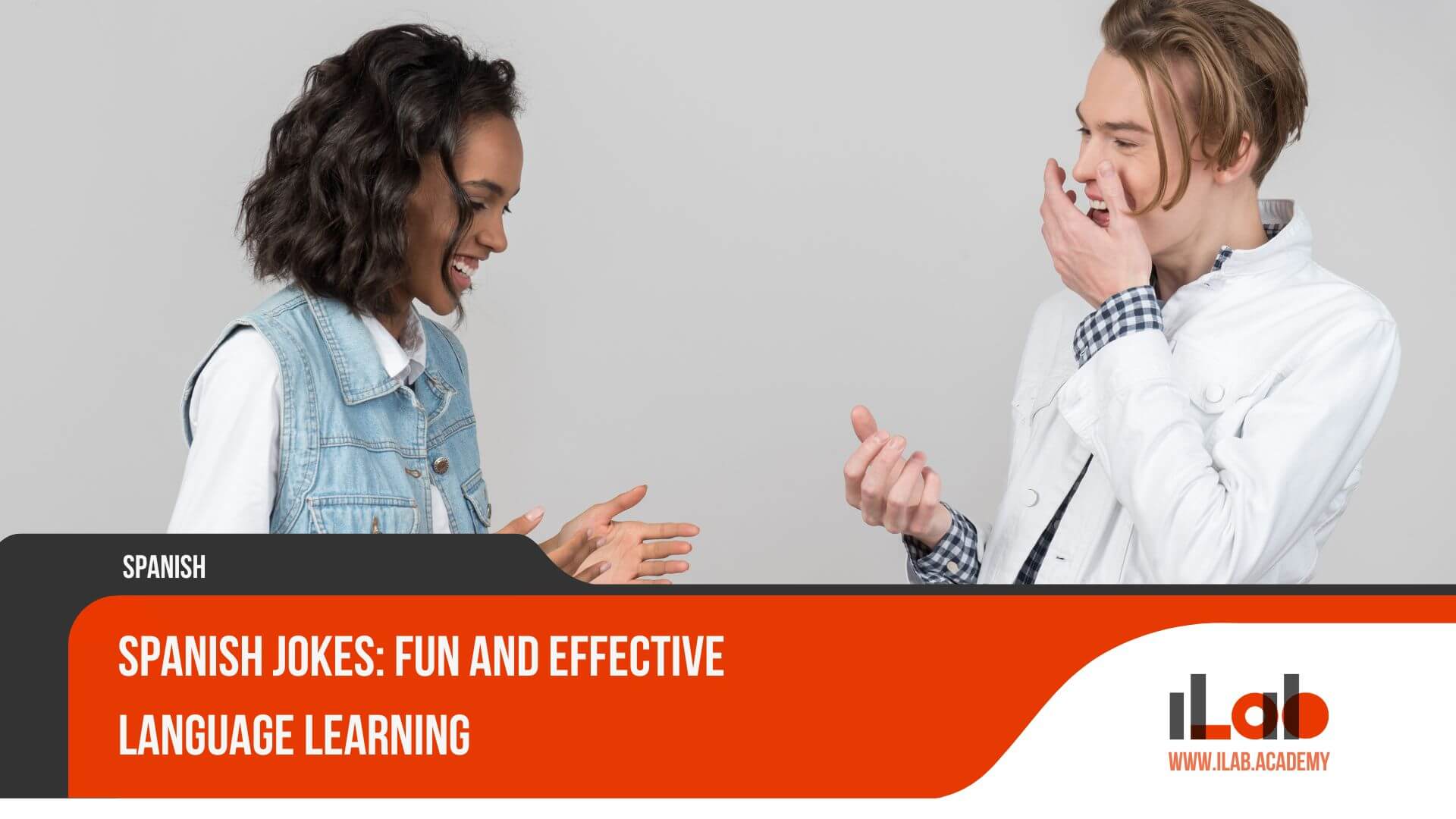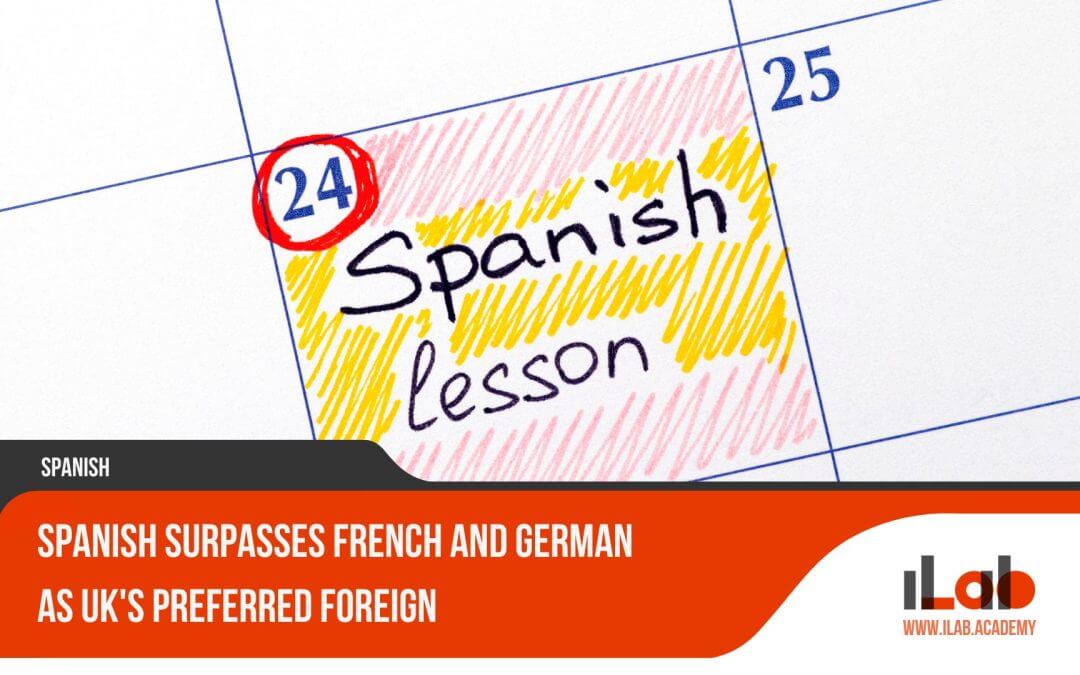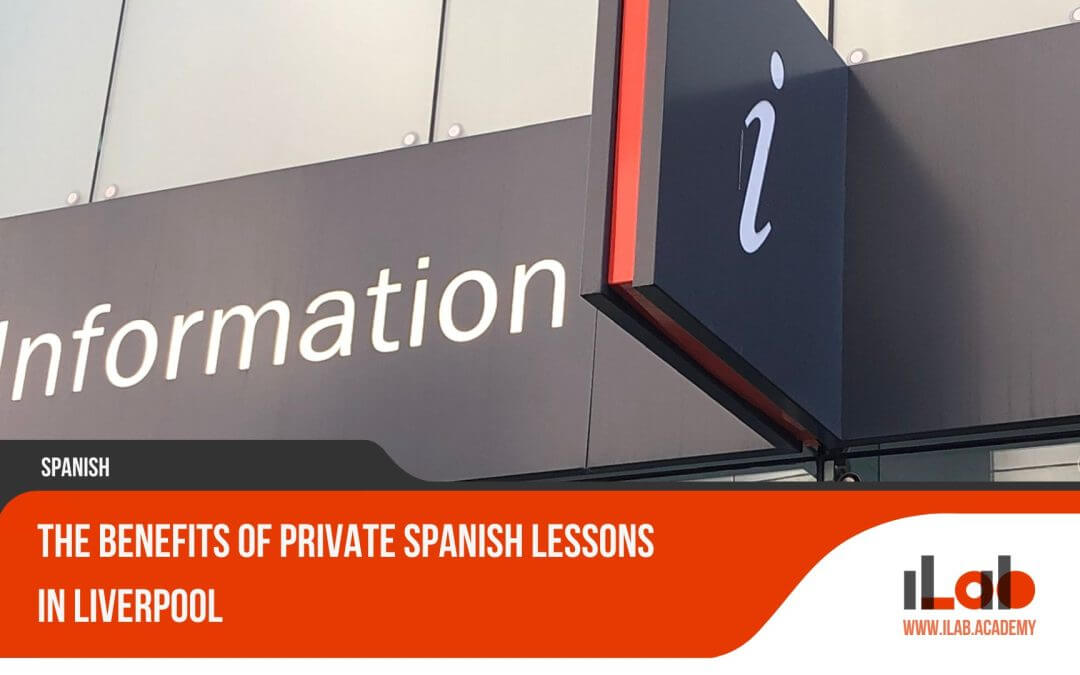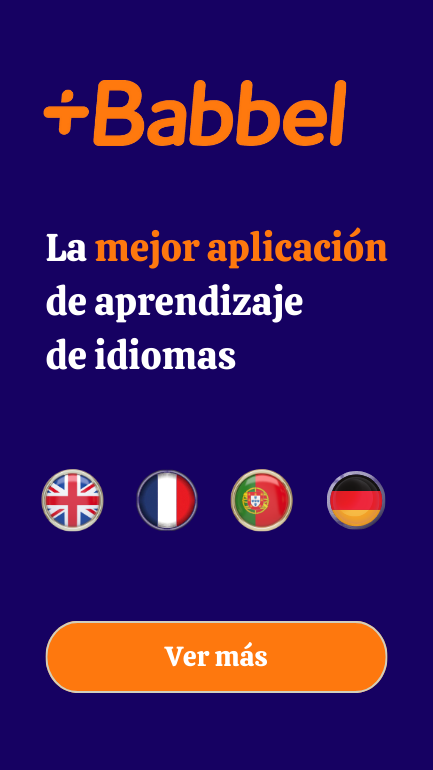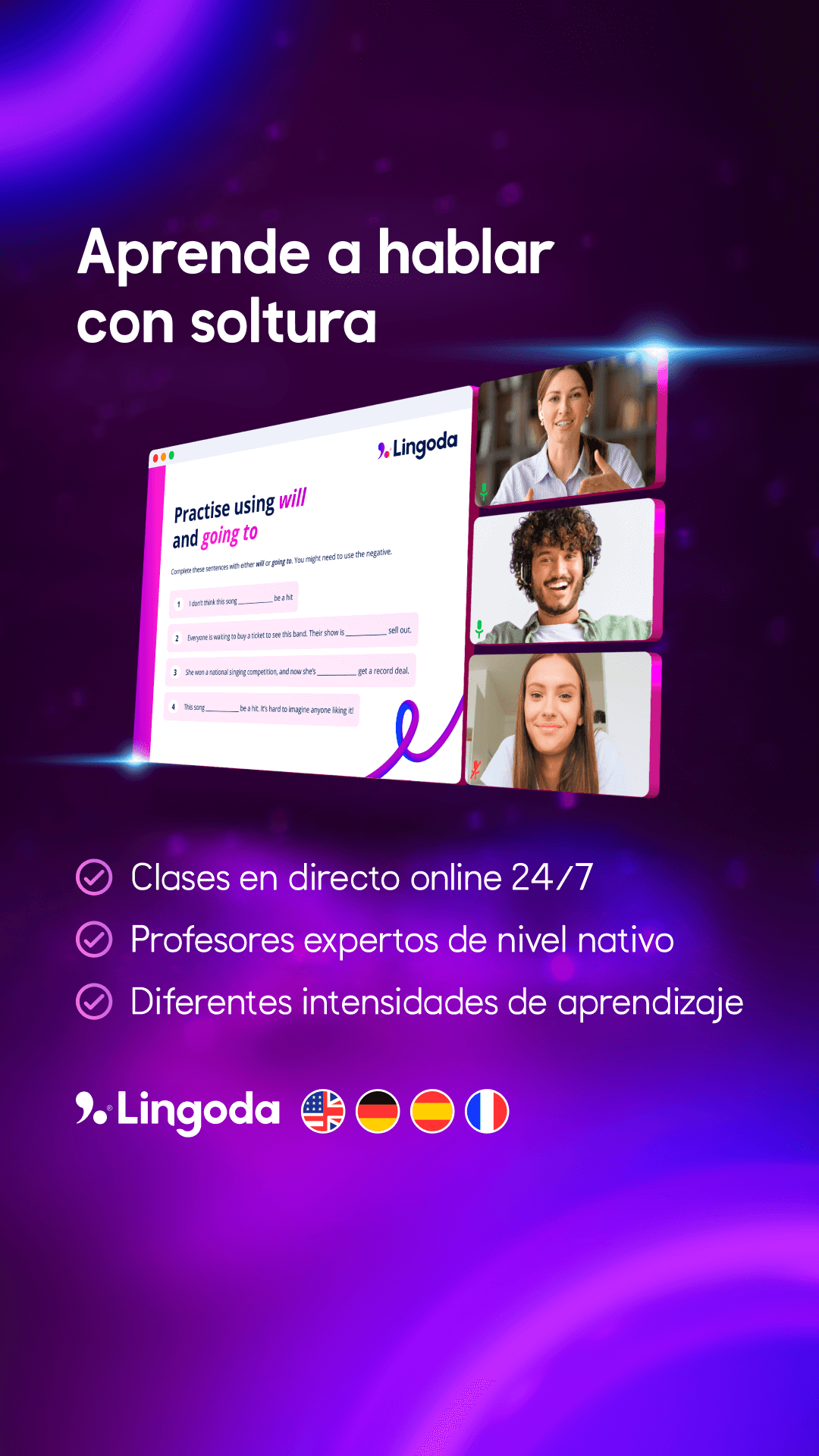Table of contents
Spanish jokes offer a dynamic and engaging way to enhance your language learning. Whether through food-related puns or animal jokes, they introduce essential vocabulary in a fun context, improving recall and comprehension. Short jokes can quickly boost your pronunciation and fluency, while story jokes embed language nuances within entertaining narratives. Simple riddles challenge your understanding of linguistic structures and encourage critical thinking. These jokes are not only enjoyable but also practical for social or professional settings, breaking barriers and fostering communication. Start exploring Spanish jokes, and watch your language skills flourish with laughter and learning intertwined.
Key Takeaways
- Spanish jokes enhance vocabulary retention and understanding through humor and everyday contexts.
- They improve pronunciation, fluency, and cultural competence in an engaging manner.
- Jokes provide a fun, interactive way to practice grammar and sentence structures.
- They offer cultural insights and help bridge communication gaps in social and professional settings.
- Spanish jokes foster critical thinking and contextual comprehension, making language learning enjoyable and effective.
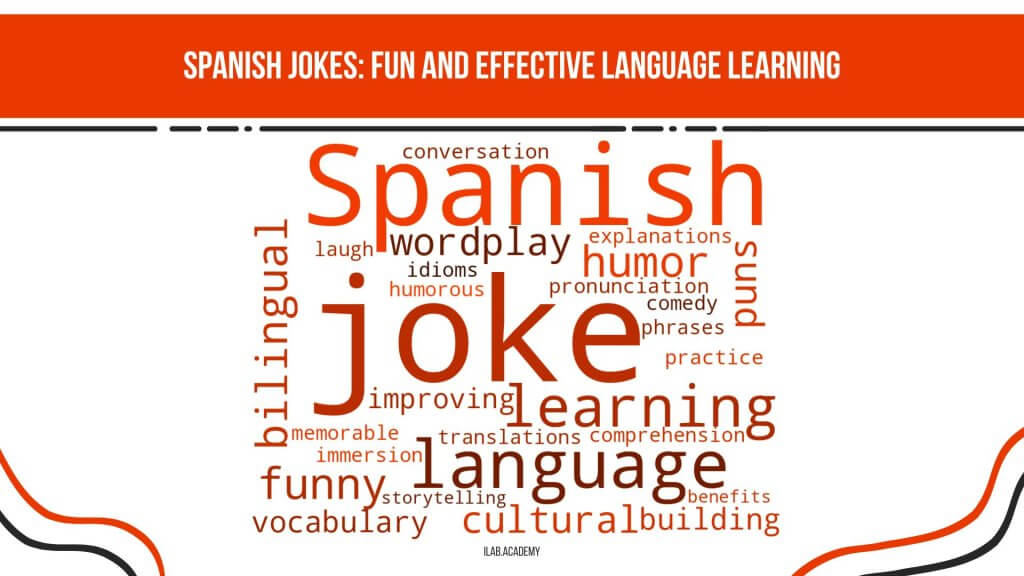
Puns (Kalambras)
Puns, known as “kalambras” in Spanish, are a delightful way to enhance vocabulary and syntax skills through humor. Let’s explore two engaging categories: food-related puns and animal-related puns. How can these witty wordplays enrich your Spanish learning journey?
Food-Related Puns
Food often finds its way into humor, and food-related puns in Spanish can be both amusing and educational for language learners. These puns leverage everyday vocabulary, making them easy to recall and integrate into conversational practice. For instance, a common pun is: “¿Cómo se llama el padre del tomate? – El Tomapadre.” This joke plays on the word “tomate” (tomato) and the phrase “tomar padre” (to take a father), creating a humorous twist that helps learners remember the word.
Another example is: “¿Por qué no puedes confiar en un melón? – Porque es un melón-dramático.” This pun combines “melón” (melon) and “melodramático” (melodramatic), illustrating how wordplay can enhance vocabulary retention while providing a chuckle.
Engaging with such puns encourages students to think creatively about language, fostering a deeper understanding of Spanish phonetics and semantics. Why not make language learning delightful? Incorporate food-related puns into your study routine to spice things up. Do you see how a simple joke can turn a mundane vocabulary list into a memorable experience? Embrace the humor, and let it nourish your Spanish skills.
| Spanish Joke | Translation | Explanation |
|---|---|---|
| ¿Cuál es la fruta más divertida? La naranja. | What is the funniest fruit? The orange. | “Naranja” (orange) sounds like “naran-ja ja ja” (ha ha ha), playing on the similarity in sound. |
| Soy un hongo, pero no te pongas en mi camino. | I’m a mushroom, but don’t get in my way. | “Hongo” means mushroom, but sounds like “on go,” playing on the double meaning. |
| ¿Por qué la fresa nunca es buena en los deportes? Porque siempre se queda en fresa. | Why is the strawberry never good at sports? Because it always stays in the same place. | “Fresa” (strawberry) sounds like “se queda en fresa” (stays in strawberry), playing on the wordplay. |
| No confíes en los atunes, siempre están metidos en lata. | Don’t trust the tuna, they’re always in a can. | “Lata” means can, but “metidos en lata” sounds like “in trouble,” playing on the double meaning. |
| ¿Qué le dijo el tomate al pepino? ¡Eres muy fresco! | What did the tomato say to the cucumber? You’re so fresh! | “Fresco” means both fresh and cool, playing on the dual meaning of the word. |
Animal-Related Puns
Animal-themed humor offers a delightful way to enhance Spanish language learning through visual and memorable wordplay. By incorporating animal-related puns, learners can engage with the language in a playful yet educational manner, reinforcing vocabulary and grammatical structures effortlessly.
Consider the pun: “¿Qué hace un pez en el gimnasio? Nada.” This joke cleverly plays on the double meaning of “nada,” which can mean “nothing” or “swims,” depending on context. Such puns encourage learners to think about context and word choice, deepening their understanding of Spanish nuances.
Another example is: “¿Cómo se llama el animal más pobre del mundo? El cocodrilo, porque siempre está en la quiebra.” Here, “quiebra” means “bankrupt” and also refers to the croc’s “jaw” (since “quiebra” can mean “break”). This pun not only introduces new vocabulary but also shows how words can carry multiple meanings.
Animal-related puns are not just amusing; they provide a memorable way to internalize language concepts. As learners visualize these scenarios, they are more likely to recall the vocabulary and syntax involved. So next time you study Spanish, remember to incorporate a few puns; they might just make your learning experience more enjoyable and effective.
Jokes (Chistes)
Exploring Spanish jokes, or chistes, can significantly enhance your language skills by offering a fun way to practice. Short jokes aid in grasping vocabulary and common expressions, while story jokes provide context and cultural insights. Are you ready to laugh and learn at the same time?
Short Jokes
Short jokes, or chistes, are an excellent way to quickly engage in playful conversation while simultaneously practicing your Spanish language skills. These jokes are typically brief and to the point, making them perfect for casual exchanges and lightening the mood. By incorporating short jokes into your language practice, you can enhance your vocabulary, improve your pronunciation, and develop a deeper understanding of Spanish humor.
Here’s a selection of short jokes to get you started:
| Spanish Joke | Translation | Explanation |
|---|---|---|
| ¿Cómo se dice pañuelo en japonés? Saka-moko. | How do you say tissue in Japanese? Saka-moko. | “Saka-moko” sounds like “saca moco,” meaning “remove snot.” |
| ¿Qué hace una abeja en el gimnasio? Zum-ba. | What does a bee do in the gym? Zum-ba. | “Zum-ba” sounds like “zumba,” a popular dance workout, and “zum” mimics the sound of a bee. |
| ¿Cómo se llama un perro mago? Un labracadabrador. | What do you call a magician dog? A labracadabrador. | Combines “labrador” (dog breed) and “abracadabra” (magic word). |
Integrating these chistes into your routine will provide a fun and effective way to advance your Spanish language skills. So, why not share a joke today and see how it can brighten someone’s day while boosting your linguistic proficiency?
Story Jokes
How do narrative-driven jokes, known as story jokes, enhance language learning by providing context and aiding in comprehension? Story jokes, or chistes, offer a unique way to engage with language by embedding vocabulary and grammar within a narrative context. This immersion helps learners understand how words and phrases function in real-life scenarios, making the language more relatable and easier to grasp.
Story jokes usually include a setup and a punchline, requiring learners to follow a sequence of events. This structure enhances reading comprehension and listening skills, as it demands attention to detail and logical progression. For example, a joke about a student and a teacher not only introduces educational terms but also conveys cultural nuances and everyday interactions.
Moreover, these jokes often incorporate idiomatic expressions and colloquial language, providing an authentic glimpse into how native speakers communicate. This exposure is invaluable for learners aiming to achieve fluency and cultural competence.
To maximize the benefits, try reading and retelling these jokes in Spanish. Practice not only improves pronunciation and fluency but also makes the learning process enjoyable. Remember, laughter is a universal language, and using humor can transform your Spanish learning journey.
Riddles (Adivinanzas)
Riddles, or adivinanzas, offer a unique way to challenge and entertain learners while enhancing their Spanish language skills. Simple riddles can help build foundational vocabulary and comprehension, while complex riddles push students to think critically and apply advanced language structures. Ready to test your skills and have some fun with Spanish riddles?
Simple Riddles
Simple riddles, or adivinanzas, are an excellent starting point for beginners learning Spanish, as they introduce essential vocabulary and basic linguistic structures in an engaging manner. These riddles often involve everyday objects or simple concepts, making them accessible and relatable. By solving these riddles, learners can practice their language skills in a fun and interactive way, enhancing both retention and understanding.
Here are a few examples of simple riddles to get started:
| Riddle (Adivinanza) | Translation | Answer (Respuesta) |
|---|---|---|
| Oro parece, plata no es. ¿Qué es? | It looks like gold, but it’s not silver. What is it? | Plátano (Banana) |
| Blanco por dentro, verde por fuera. | White inside, green outside. | Pera (Pear) |
| Tiene dientes y no come, tiene cabeza y no es hombre. | It has teeth but doesn’t eat, it has a head but isn’t a man. | Ajo (Garlic) |
| Redondo, redondo, sin esquina alguna, soy el que brilla en la noche oscura. | Round, round, without any corner, I am the one that shines in the dark night. | Luna (Moon) |
| Alto, alto como un pino, pesa menos que un comino. | Tall, tall like a pine, weighs less than a cumin. | Humo (Smoke) |
Complex Riddles
As learners advance in their Spanish language journey, complex riddles offer an engaging way to challenge their comprehension and analytical skills. These riddles, known as adivinanzas, are not only entertaining but also serve as a sophisticated tool to enhance language proficiency. They require a deeper understanding of vocabulary, grammar, and cultural nuances, making them ideal for more experienced learners.
For instance, consider the riddle: “Blanca por dentro, verde por fuera. Si quieres que te lo diga, espera.” This riddle translates to “White inside, green outside. If you want me to tell you, wait.” The answer is “una pera” (a pear). This adivinanza leverages descriptive language and metaphor, encouraging learners to think critically and contextually.
Engaging with complex riddles helps learners practice intricate sentence structures and grasp subtle linguistic elements. They are compelled to dissect each word and phrase, fostering a deeper appreciation for the language’s richness. Implementing such riddles into study routines can significantly boost cognitive skills and language retention.
Spanish Jokes by Category
When categorizing jokes, it becomes easier for learners to connect with content relevant to their daily lives. Work-related jokes can introduce professional vocabulary, while school-related jokes provide a fun way to learn academic terms. How can these categories help you remember new words and phrases more effectively?
Work-Related Jokes
Incorporating work-related jokes into Spanish language learning can significantly enhance one’s ability to navigate professional environments with ease and cultural sensitivity. These jokes serve as a bridge between formal language study and real-world applications, providing learners with valuable context.
Work-related jokes in Spanish not only lighten the mood but also introduce specialized vocabulary and cultural nuances relevant to the workplace. For instance, understanding humor in business settings can make meetings more enjoyable and foster better relationships among colleagues. Moreover, these jokes can be an effective icebreaker during networking events or interviews, demonstrating both language proficiency and cultural awareness.
Consider the following benefits:
- Boosts Engagement: Humor captures attention, making the learning process more engaging and enjoyable.
- Enhances Memory: Jokes create memorable associations with words and phrases, aiding long-term retention.
- Fosters Cultural Insight: Understanding work-related humor provides deeper insights into workplace culture and etiquette.
School-Related Jokes
Laughter in the classroom can transform the learning experience, making school-related jokes an invaluable tool for students mastering Spanish. These jokes not only lighten the mood but also reinforce vocabulary, grammar, and cultural nuances in an engaging way. For instance, consider the classic joke: “¿Por qué los libros de matemáticas están tristes? Porque tienen demasiados problemas.” This joke uses wordplay to connect with students familiar with the challenges of math, making the learning process both relatable and fun.
Incorporating school-related jokes into Spanish lessons can help students remember complex concepts more easily. For example: “¿Qué hace una abeja en el gimnasio? ¡Zum-ba!” This joke introduces the word “zumba” in a playful context, aiding in retention and pronunciation. By laughing together, students create a positive learning environment, fostering better communication and collaboration.
Teachers can encourage students to create their own jokes, promoting creativity and deeper understanding of the language. Asking, “¿Qué le dijo el lápiz al papel? ¡Voy a dejarte una nota!” invites students to think critically about language structure and vocabulary usage. Ultimately, humor in the classroom bridges gaps, making the journey to mastering Spanish enjoyable and effective.
Practical Usage of Jokes
Incorporating Spanish jokes into everyday conversations can significantly enhance language learning, offering both social and professional benefits. Whether in casual gatherings with friends or more formal settings like business meetings, using humor effectively can break the ice and foster connections. How can you skillfully integrate these jokes to improve your fluency and cultural understanding?
Social Gatherings
Sharing jokes in social gatherings can serve as an effective and enjoyable way to practice Spanish while fostering connections with native speakers. These moments not only provide a relaxed environment for language practice but also offer cultural insights that enrich your learning journey. Engaging in humor at social events can make you more relatable and break the ice, allowing conversations to flow more naturally.
- Break Barriers: Jokes can help dissolve awkward silences and build rapport quickly.
- Cultural Insight: Understanding humor gives you a deeper appreciation of Spanish-speaking cultures.
- Language Practice: Jokes reinforce vocabulary, idiomatic expressions, and pronunciation.
Imagine attending a Spanish-speaking party where you confidently share a joke and witness the laughter it brings. This interaction not only boosts your confidence but also solidifies your learning experience. Whether it’s a simple pun or a clever wordplay, the humor you share can become a memorable part of the gathering.
Professional Settings
In professional settings, humor can serve as a strategic tool to enhance communication and build stronger relationships among colleagues and clients. When used appropriately, jokes can break the ice, ease tensions, and foster a more collaborative environment. In the context of learning Spanish, incorporating humor through jokes can make interactions more engaging and memorable.
Consider starting a meeting with a light-hearted joke in Spanish. For instance, “¿Qué hace una abeja en el gimnasio? ¡Zum-ba!” (What does a bee do at the gym? Zumba!). This not only provides a moment of levity but also showcases your language skills and cultural awareness. However, it’s crucial to be mindful of the context and audience, ensuring that the humor is appropriate and inclusive.
Moreover, humor can bridge cultural gaps, making international clients feel more comfortable and valued. It demonstrates a willingness to engage with their culture on a deeper level. Asking, “¿Conocen algún buen chiste en español?” (Do you know any good jokes in Spanish?) can invite participation and create a more dynamic conversation.
Ultimately, using Spanish jokes in professional settings can enhance rapport, promote a positive atmosphere, and make language learning a more integrative part of your daily interactions.
Conclusion
Incorporating humor into Spanish language education significantly enhances vocabulary retention, grammatical understanding, and cultural awareness. The strategic use of puns, jokes, and riddles transforms learning into an engaging and memorable endeavor. By exploring this curated selection of humorous content, learners can effectively improve their Spanish skills while enjoying the process. This innovative approach ensures that the path to fluency is both enjoyable and enriching, fostering a deeper connection with the language and its cultural nuances.

